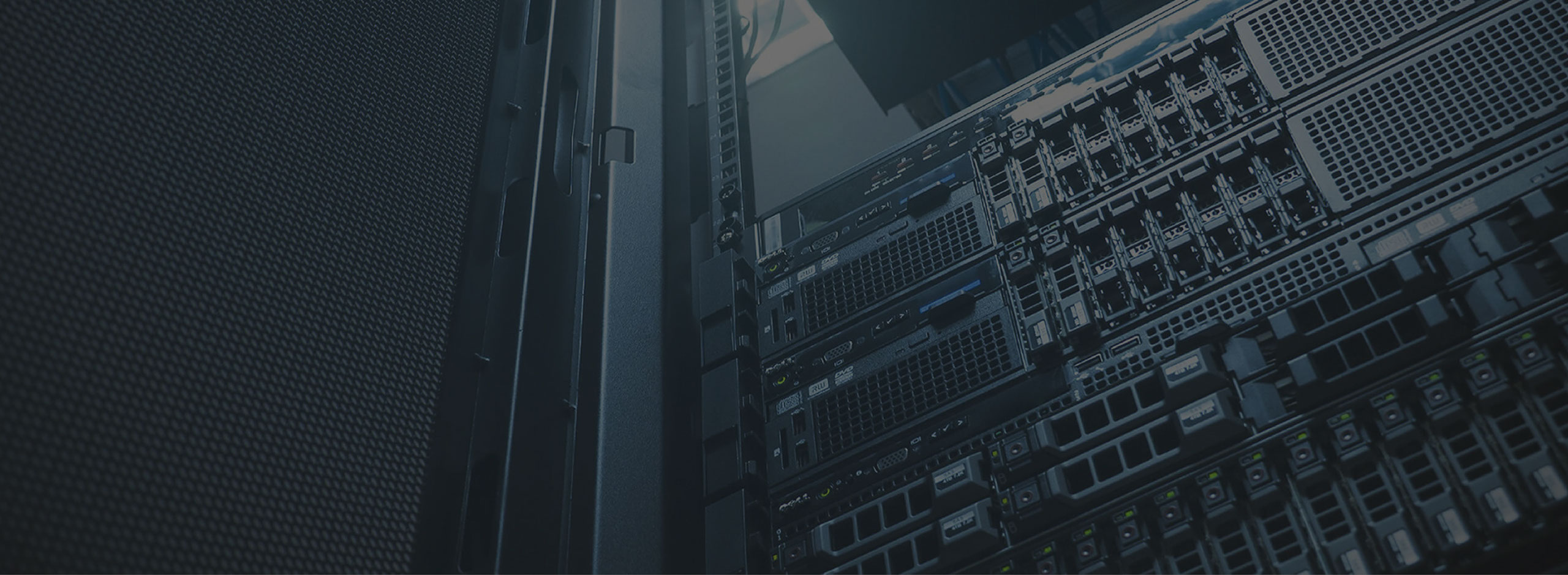Thermovision monitoring = Thermographic / pyrometric control = Thermovision inspection is a type of non-destructive testing that represents a set of measures that allows violations of heat shielding structures to be identified promptly, equipment damage resulting from violations of manufacturing technology, errors and violations during installation, incorrect mode exploitation, natural aging of materials to be assessed.
This survey is one of the main directions for development of the technical diagnostics system, which provides the ability to control the thermal state of equipment and structures without taking them out of service, to identify faults at an early stage of development, to reduce costs of technical inspection and fault finding.
Advantages of thermovision inspection:
- Safety. Has no effect when conducting a survey of the equipment.
- Promptness. The device displays all information in real time.
- Precision. Any hidden defect has a thermal manifestation that will be detected.
- Data credibility. The device shows only what it sees. It is unable to hide or add anything to what it sees.
- Short payback period. The economic effect of thermovision inspection during the early diagnosis of defects many times exceeds the cost of its conduct.
- Nondestructive examination method. To perform thermovision inspection, it is not necessary to dismantle structural or finishing elements (non-invasive method).
With the help of thermovision inspection diagnostics, defects can be detected:
- in power supply systems;
- heating systems;
- hot water and steam pipelines;
- smokestacks;
- defects in thermal insulation of buildings;
- and much more.
Based on the results of a comprehensive thermovision inspection survey, a technical report is being developed, containing thermograms obtained during the survey, which show anomaly zones, as well as conclusions and recommendations for eliminating identified deviations from the standard.
Mandatory thermovision inspection is conducted on:
- enclosing structures of buildings, structures, constructions;
- heating networks;
- ventilation and air conditioning systems;
- electrical networks, power transformers, electric motors, etc.
